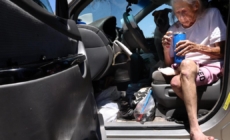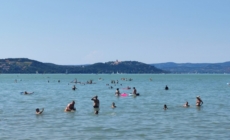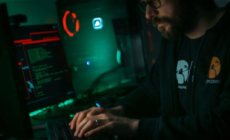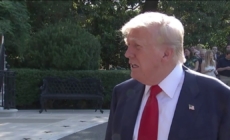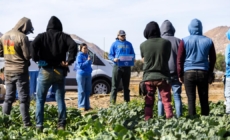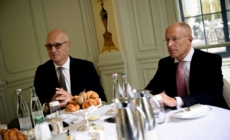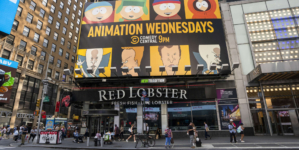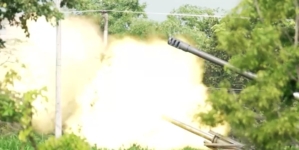-
Last Night in Baseball: Blue Jays Dominate Tigers, Stand Alone Atop AL - 8 mins ago
-
Commentary: Trump’s order on homelessness gets it all wrong, and here’s why - 18 mins ago
-
Taylor Swift’s man Travis Kelce shares rare photos from offseason ‘adventures’ - 21 mins ago
-
Lake Balaton Cross-Swim Postponed Due to Storm Risk - 30 mins ago
-
Max Homa Reveals Wife-Related Reason to Desperately Need a Win - 34 mins ago
-
Home Wi-Fi security myths: Hidden dangers and how to protect yourself - 35 mins ago
-
Trump says Hamas ‘didn’t really want to make a deal’ - 39 mins ago
-
2025 MLB Trade Grades: Mariners Get A Boost, D-Backs Begin Likely Rebuild - 51 mins ago
-
Fear of ICE raids is making heat intolerable for immigrant families - about 1 hour ago
-
Government Secures Expansion Pledges From French Business Giants - about 1 hour ago
How Uranium Enrichment Can Help Iran Build Nuclear Weapons
The ongoing standoff over Iran’s uranium enrichment program has emerged as the defining obstacle in stalled nuclear negotiations. At the core of the dispute is Tehran’s insistence on continuing enrichment activities—a stance the United States says brings Iran close to acquiring the capability to build a nuclear weapon.
Tehran says its nuclear activities are peaceful and lawful, while the United States and its allies demand strict rollbacks and intrusive inspections. This impasse over uranium enrichment not only complicates negotiations but also heightens fears of a nuclear arms race in the volatile Middle East.
Why It Matters
Uranium enrichment lies at the core of the dispute because it holds the key to Iran’s potential nuclear weapons capability.
While low-level enrichment can fuel civilian nuclear reactors, higher levels can quickly lead to weapons-grade uranium. The inability of negotiators to agree on Iran’s enrichment levels risks derailing talks designed to prevent Tehran from crossing the nuclear threshold. This deadlock threatens regional stability and tests the durability of global nonproliferation regimes.
Atomic Energy Organization of Iran/AP Photo
What to Know
Uranium enrichment increases the concentration of uranium-235, the isotope needed for nuclear energy or weapons. Reactor fuel typically requires enrichment to 3–5 percent, while weapons-grade uranium exceeds 90 percent. The process involves spinning uranium hexafluoride gas in centrifuges to separate isotopes by weight.
Enrichment Levels
Since the U.S. exited the 2015 nuclear deal under President Donald Trump, Iran has steadily increased its enrichment beyond the previously agreed cap of 3.67 percent.
Tehran now enriches uranium up to 60 percent purity—much closer to weapons-grade. Secretary of State Marco Rubio recently emphasized the higher levels of enrichment to the Senate Foreign Relations Committee.
He described Iran’s pursuit of enrichment as both a “matter of national pride” and a strategic move to become a “threshold nuclear power,” deterring potential adversaries by making itself “untouchable.”
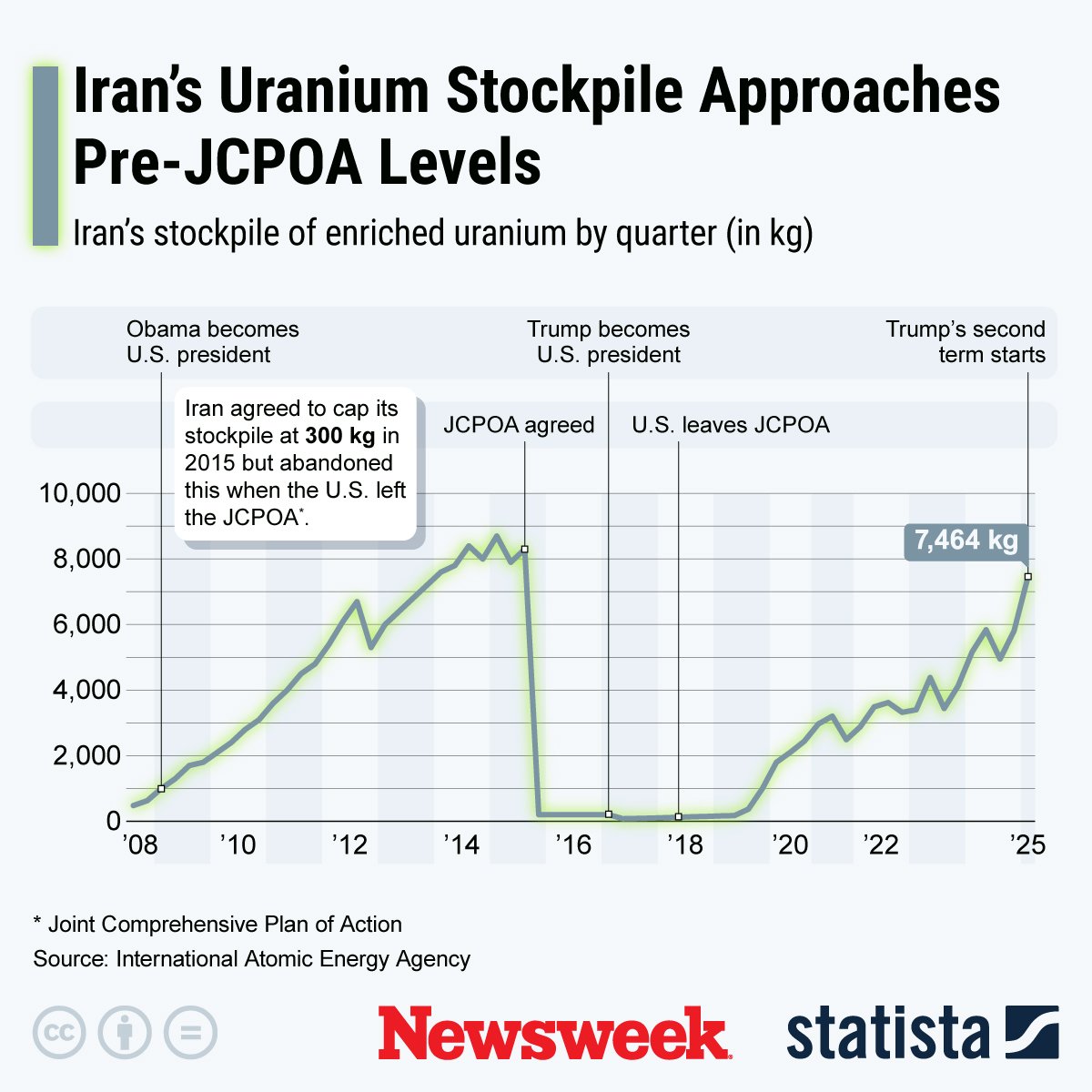
statista
Mixed Messages
Iran has accused the U.S. of sending mixed signals regarding uranium enrichment, complicating ongoing nuclear negotiations. Iranian officials point to Special Envoy Steve Witkoff’s shifting positions: initially suggesting the U.S. might accept limited enrichment under strict oversight, then later demanding the complete dismantlement of Iran’s enrichment and weaponization programs. Foreign Minister Abbas Araghchi criticized these contradictory statements, stating that such inconsistencies undermine trust and hinder progress toward a clear, enforceable agreement.
Nuclear Talks in Limbo
Meanwhile on Wednesday, Araghchi said that Tehran is still reviewing whether to join the fifth round of nuclear talks with the United States, dismissing Washington’s conditions on enrichment as “unrealistic.” His remarks came a day after Supreme Leader Ayatollah Ali Khamenei questioned the value of continued negotiations. While a proposal for new talks—possibly this weekend in Rome—has been made, Iran has not yet confirmed its participation.
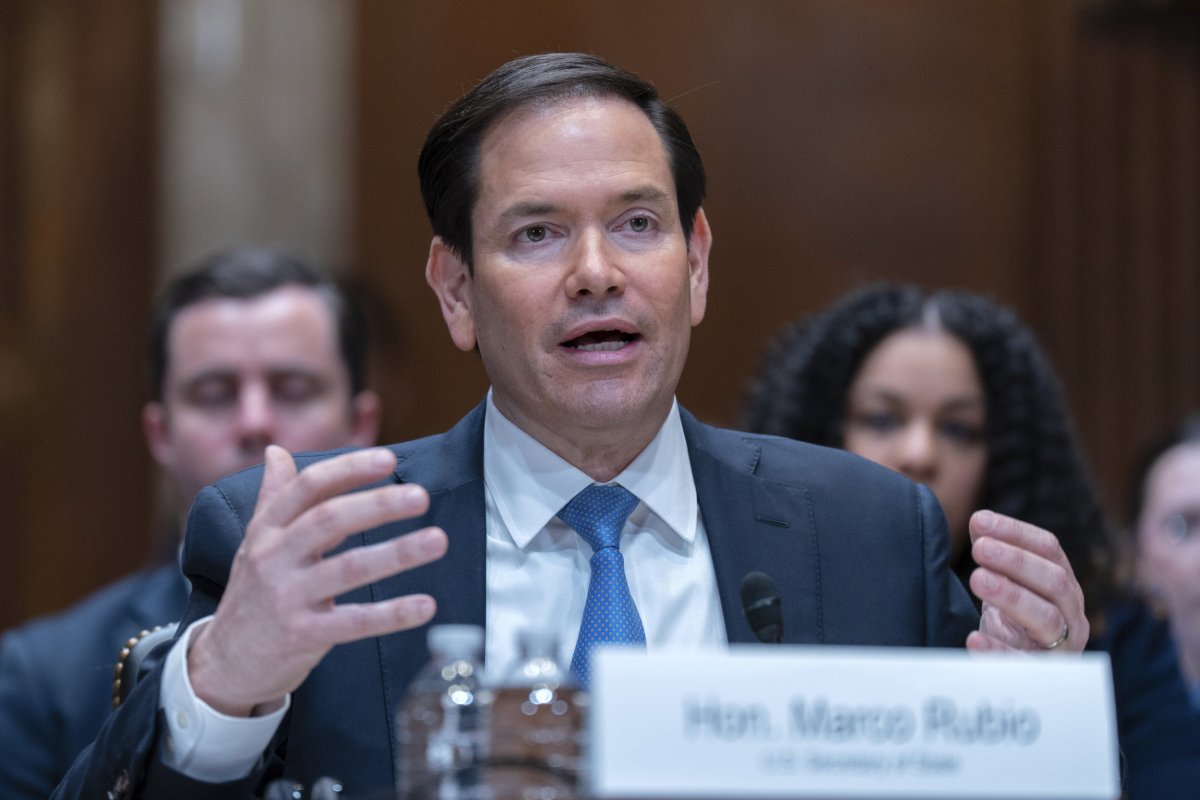
Jose Luis Magana/AP Photo
What People Are Saying
U.S. Secretary of State Marco Rubio stated: “They claim that enrichment is a matter of national pride. It is our view that they want enrichment as a deterrent… to become untouchable.”
Iranian Foreign Minister Abbas Araghchi, wrote on X: “Enrichment in Iran, however, will continue with or without a deal.”
What Happens Next
The uranium enrichment impasse threatens to collapse diplomatic efforts. As Iran continues advancing its nuclear capabilities, the timeline for Tehran to potentially develop a nuclear weapon shortens. The international community watches closely to see if negotiations can bridge the gap or if the standoff will spiral toward a new regional crisis.
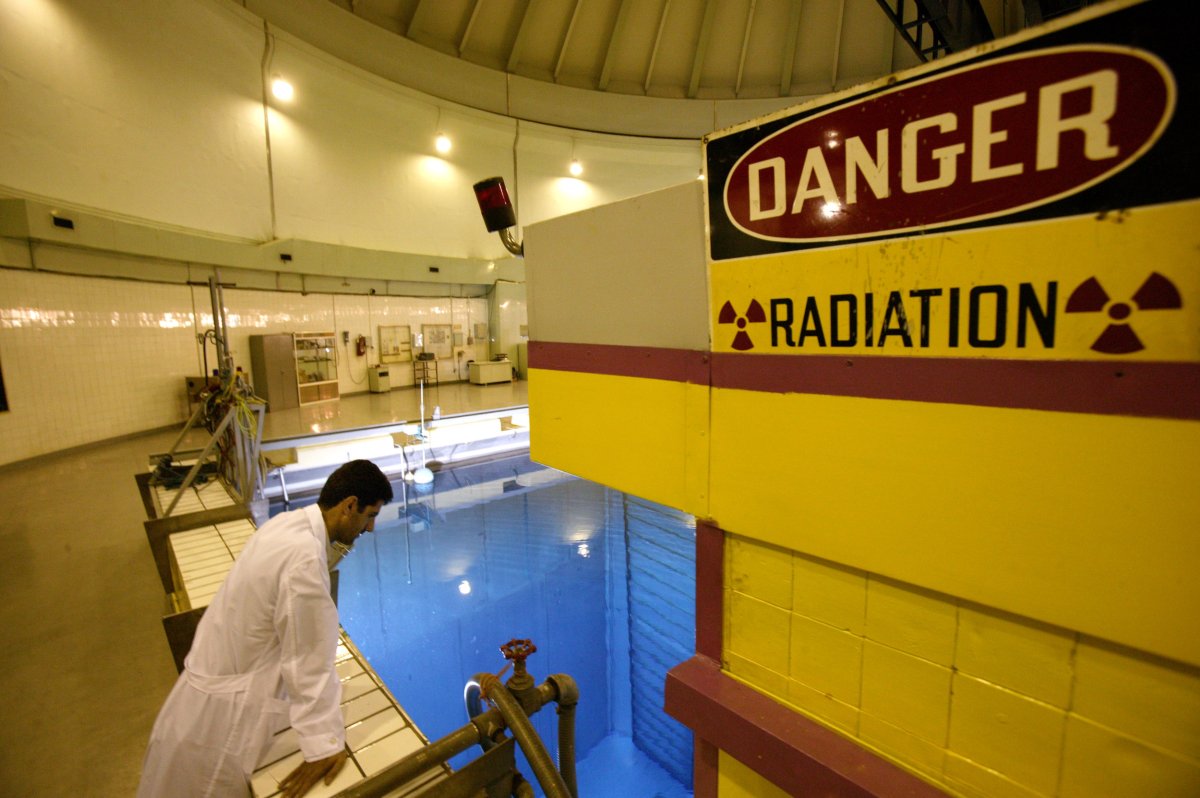
Yannis Kontos/AP Photo
Source link

